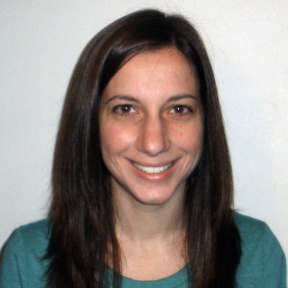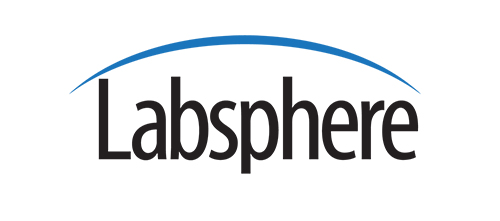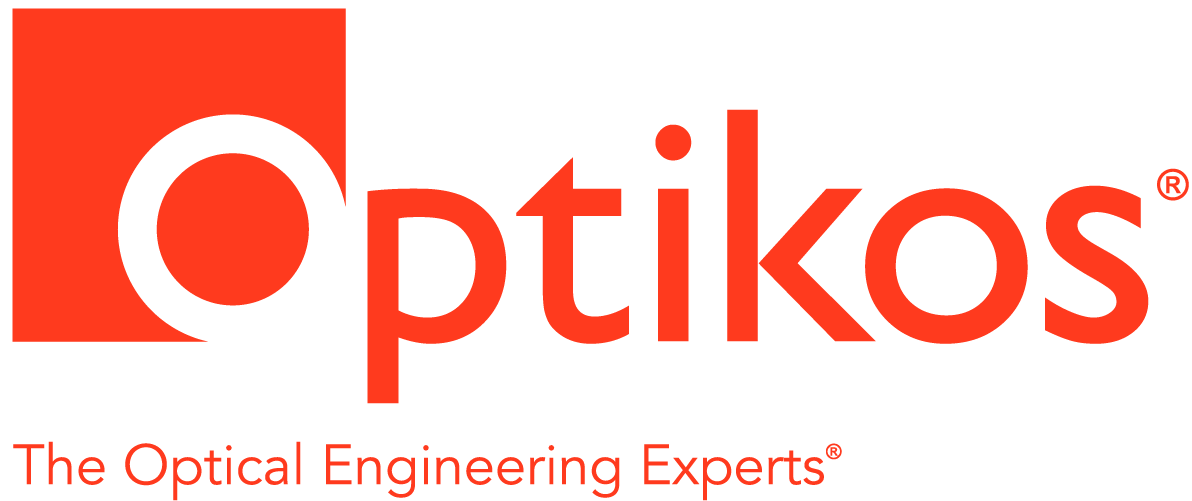 |
Location: | MIT Lincoln Laboratory, 3 Forbes Road, Lexington, MA 02420 |
| Dinner Reservation Deadline: | January 15, 2018 @ 6pm |
An Airborne Infrared Spectrometer (AIR-Spec) for Solar Eclipse Observations
On August 21, 2017, the Airborne Infrared Spectrometer (AIR-Spec) observed the total solar eclipse at an altitude of 14 km from aboard the NSF/NCAR Gulfstream V research aircraft. The instrument successfully observed the five coronal emission lines that it was designed to measure: Si X (1.43µm), S XI (1.92µm), Fe IX (2.85µm), Mg VIII (3.03µm), and Si IX (3.94µm). The linewidths, peak intensities, and center wavelengths of all five lines were measured radially outward from the limb at four positions in the corona. Characterizing these magnetically sensitive emission lines is an important first step in designing future instruments to monitor the coronal magnetic field, which drives space weather events as well as coronal heating, structure, and dynamics.
The AIR-Spec instrument includes an image stabilization system, feed telescope, grating spectrometer, and slit-jaw imager. The image stabilization system uses a fast steering mirror to correct the line-of-sight for platform perturbations, which are measured by a set of fiber-optic gyroscopes. The telescope collects light over a 0.4 degree (1.5 solar radius) field of view and feeds it into the spectrometer, which is based on a planar diffraction grating operating near the Littrow condition. The five wavelengths of interest are divided into two channels and imaged onto the cryogen-cooled InSb detector. The spectrometer optics are housed in a vacuum chamber and cooled with liquid nitrogen.
The instrument development and mission planning faced three major challenges. First, the line-of-sight stabilization system was required to operate without knowledge of the image, so that it could be tested and proven before the eclipse. Second, the thermal instrument background had to be dramatically reduced to allow the spectrometer to detect the faint coronal signal. Third, the flight plan needed to maximize the time spent in totality while optimizing the orientation of the aircraft before and during totality. The resolution of these issues had implications for both science and operations.
Jenna Samra, Harvard-Smithsonian Center for Astrophysics

Jenna Samra is a PhD student in applied physics at Harvard University, where she works on solar instrumentation projects at the Harvard-Smithsonian Center for Astrophysics. Jenna received BS and MS degrees in electrical engineering from Penn State University in 2006 and 2008. After completing her master’s research on control system design for high field magnets, she joined MIT Lincoln Laboratory as an associate staff member. Jenna worked in Lincoln Laboratory’s Applied Space Systems Group for four years on designing, testing, and modeling sensors for environmental monitoring.
In 2012, Jenna enrolled in the Harvard School of Engineering and Applied Sciences as a PhD student in applied physics. She joined the Solar and Stellar X-Ray Group at the Center for Astrophysics in 2014. As a pre-doctoral fellow at Smithsonian Astrophysical Observatory, Jenna contributes to the design and development of optical instruments to observe the solar corona. Her PhD research focused on the development of an airborne infrared spectrometer (AIR-Spec), which observed the corona during the total solar eclipse on August 21, 2017. As the instrument scientist for AIR-Spec, Jenna was involved in designing, building, calibrating, and testing the instrument. After graduating, she plans to continue developing optical instrumentation for solar, astronomical, and atmospheric research.
Reservations:
Please make online reservations via the "Click to signup" button above.
Reservations may also be left on the answering machine at (617) 454-4693. We no longer have an email address for reservations due to SPAM.
When making reservation requests, please provide the following information:
- DINNER AND MEETING or meeting only
- Name(s) and membership status
- Daytime phone number where you can be reached (in case of change or cancellation)
Location:
MIT Lincoln Laboratory
3 Forbes Road
Lexington, MA 02420
(Map to MIT Lincoln Laboratory)
Networking—5:45 PM, Dinner—6:45, Meeting—7:30 PM.
Menu:
Vegetarian option available on request
Dinner Prices:
| Register on/before DINNER Reservation Date |
Late Reservations Based on Availability |
|
| NES/OSA Members and their guests | $30.00 each | $35.00 |
| Non-members | $35.00 (See NOTE Below) | $40.00 |
| Students | $5.00 | $5.00 |
| Post-Docs | $15.00 | $15.00 |
NOTE: The NES/OSA has not changed dinner prices in several years but has been facing higher costs. We have increased the cost of dinner by $5 this year. We will try to accommodate late reservations but cannot not guarantee that a meal will be available.
General Information on NES/OSA Meetings
Cancellations and No-shows:
If the meeting must be canceled for any reason, we will try to call you at the phone number you leave with your reservation. Official notice of cancellation will be on our answering machine.
We have to pay for the dinners reserved as of the Tuesday before the meeting, so no-shows eat into our cash reserve. If you will not be able to attend, please let us know as early as possible. Otherwise, no-shows will be billed.
Membership Rates:
| Regular members | $15.00 |
| Student members | free |
NOTE: The extra $5.00 of the non-member dinner fee can be used toward membership dues if the nonmember joins and pays dues for the current year at the meeting.



